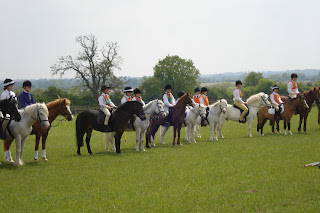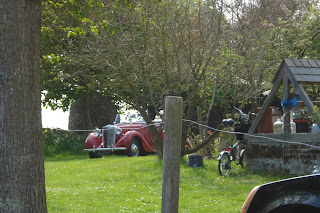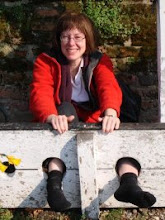I am pleased to say that my purple and cream Hawaiian quilt, Piilani, won the trophy for Hand Applique at Quilts UK, Malvern. As I wasn't able to drive over to Malvern (quite a long drive from Suffolk) I was pleased that Karin Hellaby from Quilters Haven was able to receive the cup for me.
I had this cup two years ago for my red and white Hawaiian quilt.....
The quilt looked very good......it hsn't arrived back in the post yet...always a nervous time....I prefer to pick them up myself, as at the Festival of Quilts...
..and also the B17 Sally B came across as well, about 10 minutes earlier...
Another event on the Bank Holiday Monday was a concert in Pettistree Church by the violinist Thomas Bowes. He has decided to do a pilgramage where no fees are charged and funds can be raised by the venue, mostly churches and other religious buildings.He is doing 50 concerts in 60 days, with the same music. In this case, the proceeds will be split by Pettistree Church redecoration fund and Ipswich Street Pastors, volunteers who ensure that youngsters out on the town are safe at night.
Here is Tom with one of our ringers Bill Lloyd. Tom was playing his 1649 Amati violin and played three Bach pieces. As usual the bellringers, who made up a sizeable part of the audience, went to the pub next door afterwards. Tom joined us and he is not only a superb musician, but a thoroughly nice chap. We tried hard to persuade him to attend a bellringing practice soon to see what it is all about...
I decided to use one of the repro Turkey Red fabrics for the binding, as it looked cheerful...
As you can see, the example in the magazine was very simply quilted, but I decided to add more diagonal quilting; not sure if it has improved things but it certainly looks more traditional by doing so. A very easy pattern which I might use again. I liked the Cathedral windows blocks...













































